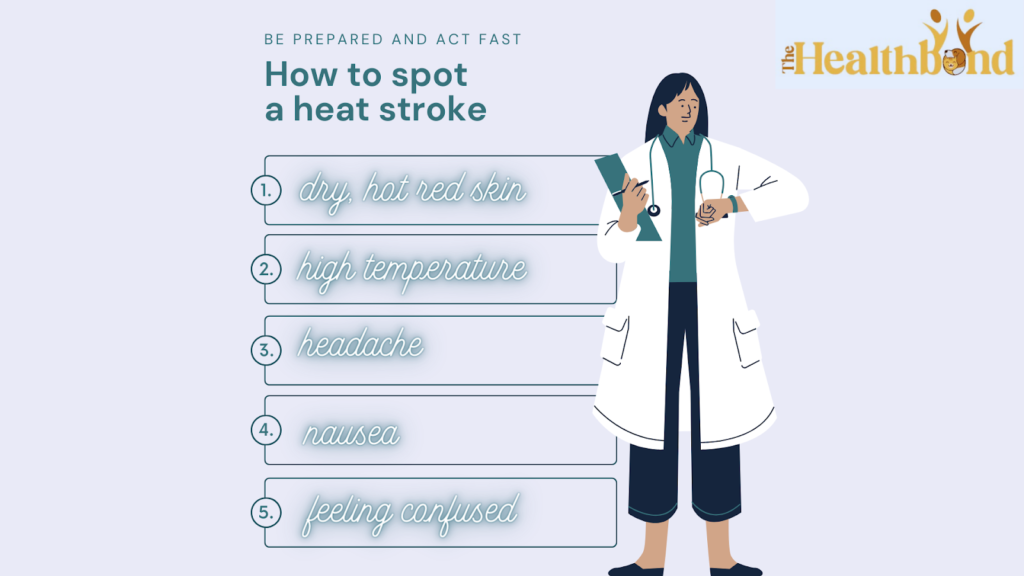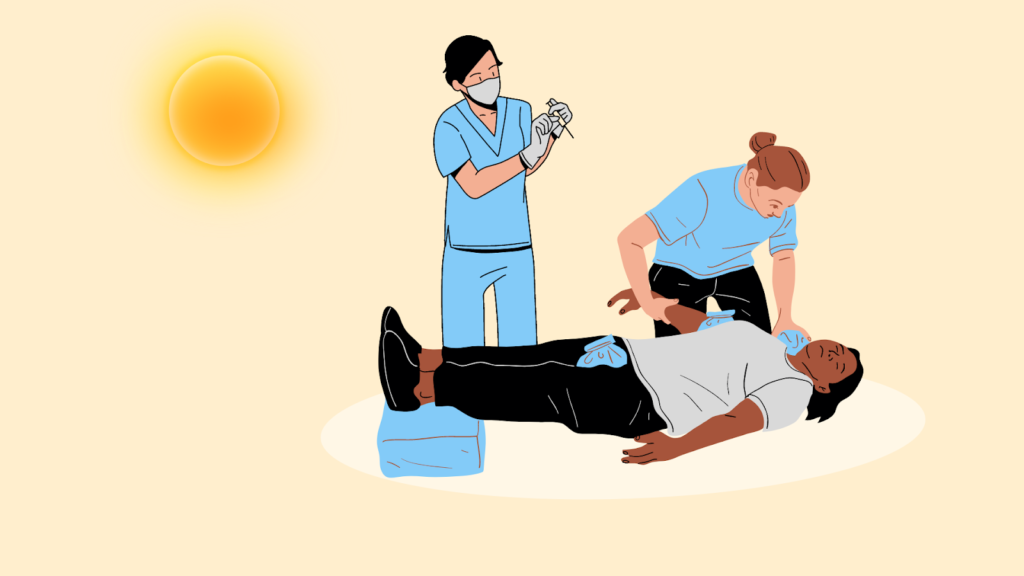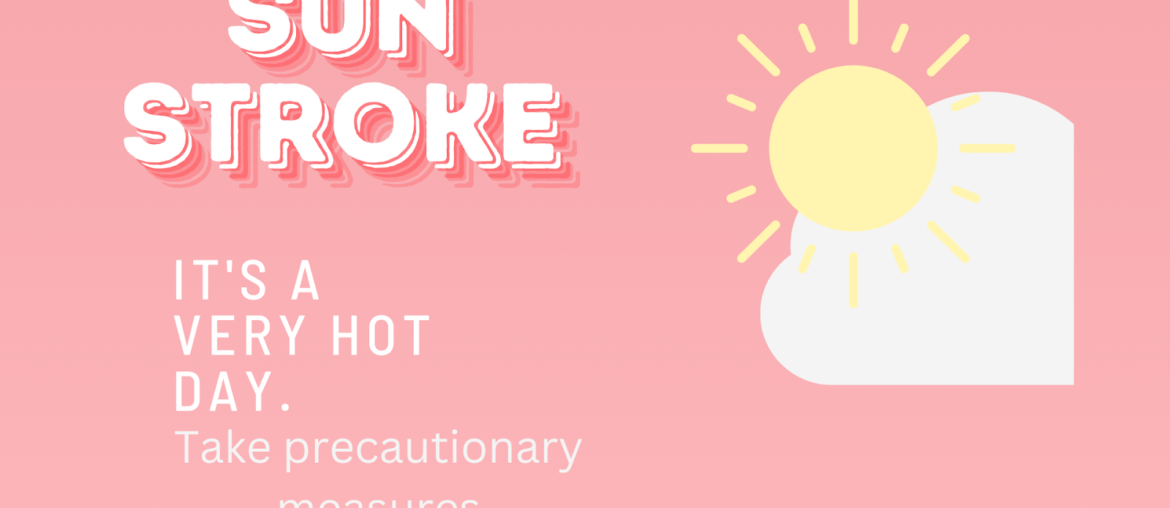Do you know heat stroke is a medical emergency also known as Sunstroke which occurs when the core body temperature rises above 104° F (40° C), the dysfunction of the Central Nervous System, and the development of multiple organ failure. Heat is the most deadly of all extreme weather conditions. Studies suggest that heatstroke occurs in about 20 out of 100,000 people every year in the U.S. It is most common in urban areas during hot weather conditions.
HEAT EXHAUSTION LEADS TO HEAT STROKE:
Heat exhaustion and heat stroke are types of hypothermia. Heat exhaustion is a body’s response to an excessive loss of water and salt, usually through excessive sweating due to severe hot weather conditions. If it is left untreated it can develop into heat stroke.
CAUSES OF HEAT STROKE:
- Exposure to extreme hot weather.
- Wearing excess clothing
- Dehydration
- Alcohol (affects your body’s ability to regulate temperature)
- Having high fever
- History of heat stroke
- Being a male
TYPES OF HEAT STROKE:
There are two types of heat stroke:
EXERTIONAL HEAT STROKE: This is usually the result of overexertion in hot humid conditions. It can develop in a few hours.
NON-EXERTIONAL HEAT STROKE: This type can occur due to age factors or underlying health conditions. It tends to develop over several days.
SIGNS AND SYMPTOMS OF HEAT STROKE :

- Hot, red, dry, or damp skin
- High body temperature 104° F (40.5° C) or above
- Fast strong pulse
- Headache
- Feeling dizzy
- Nausea
- Feeling confused
- Losing consciousness
COMPLICATIONS OF HEAT STROKE:
Heat stroke results in a number of complications. Severe complications are:
- Vital organ damage: It can cause heart attack, kidney failure, swelled brain, and liver failure.
- DEATH: If not treated properly or in time heatstroke can be fatal.
WHAT TO DO IF SOMEONE HAS HEAT STROKE:

It is a medical emergency. If someone suffers from heat stroke ask for an ambulance. Try to cool the patient. Lay the patient in a cool shady place. Cover the patient with wet towels or spray the patient with cold water. Place cold packs on the patient’s cheek, palm, and soles. Give them cool fluid if the patient is conscious.
REMEMBER not to give aspirin, ibuprofen, or paracetamol to someone with heat stroke.
Have you ever provided first aid to a heatstroke patient? Tell me in the comment section.







